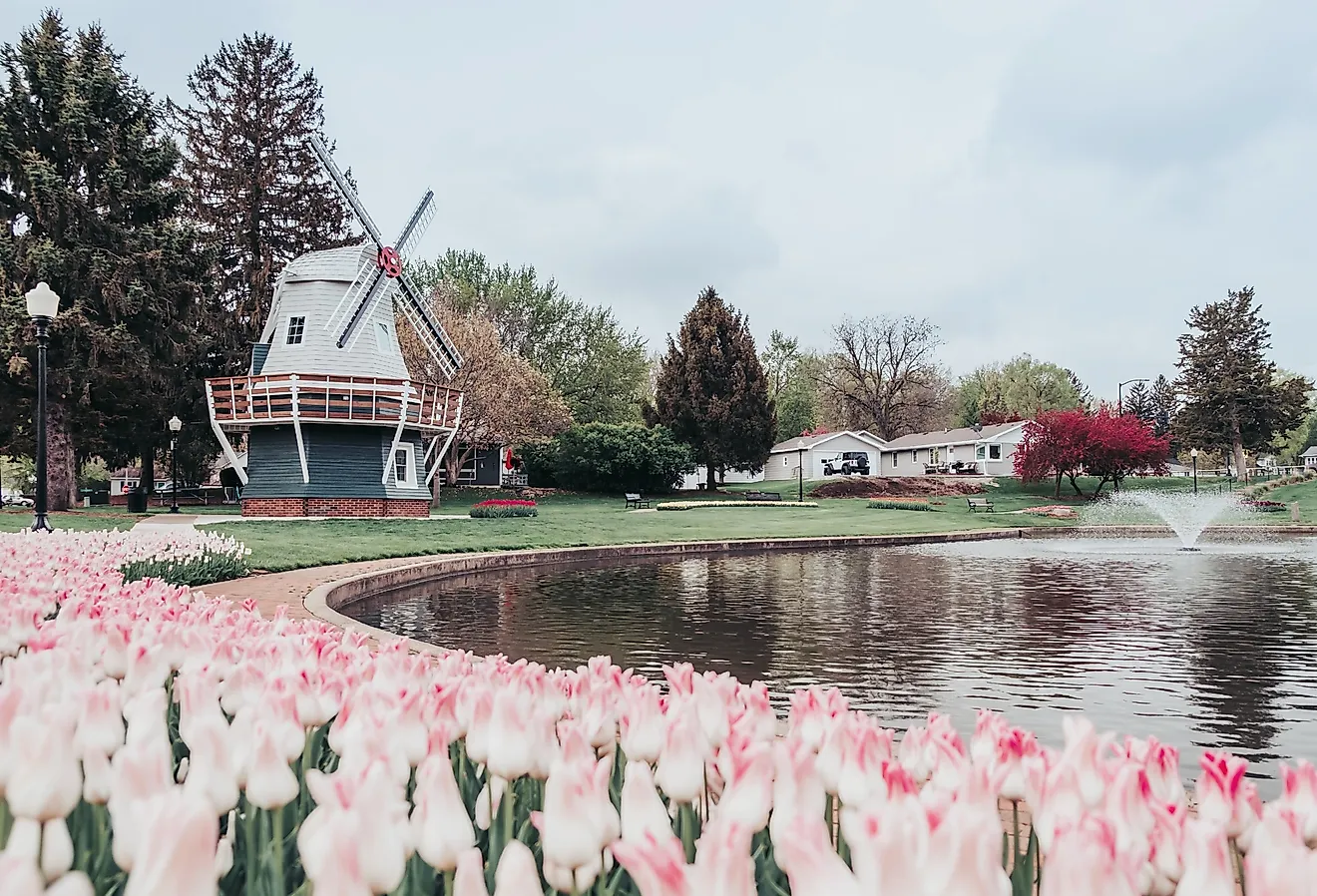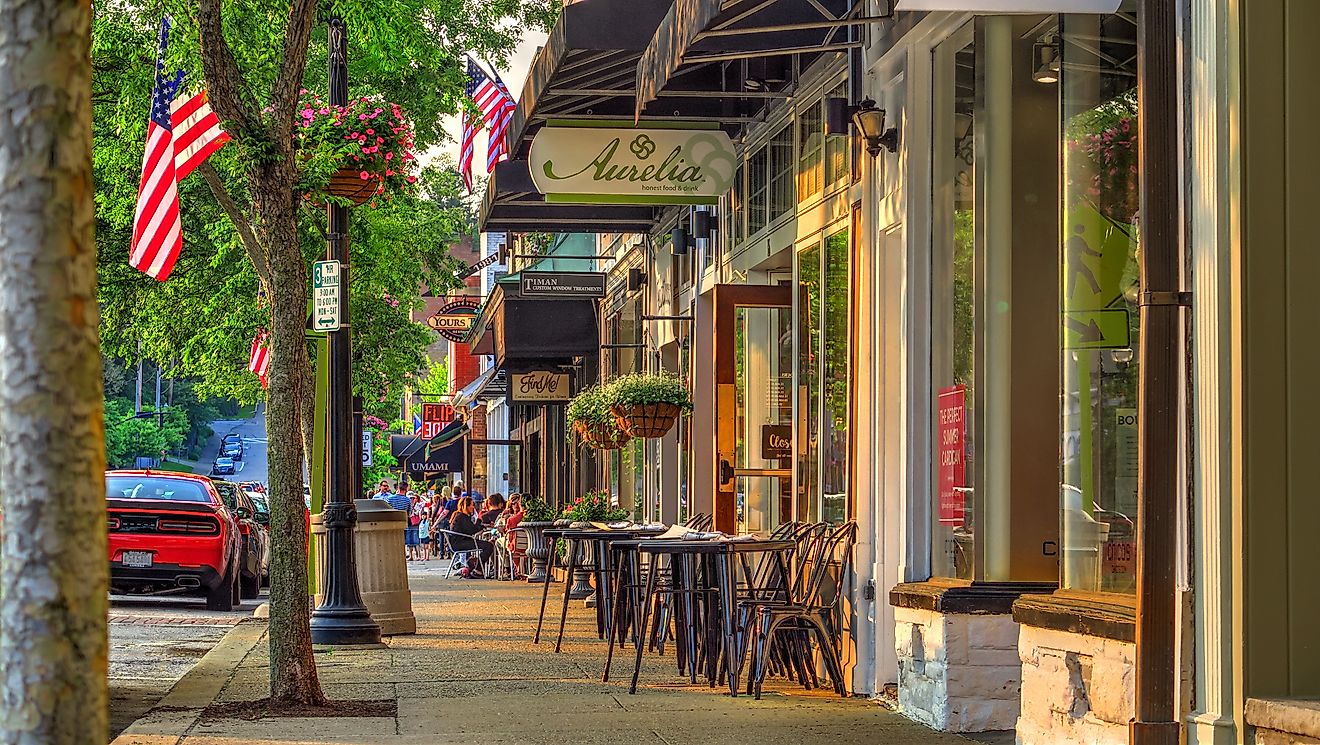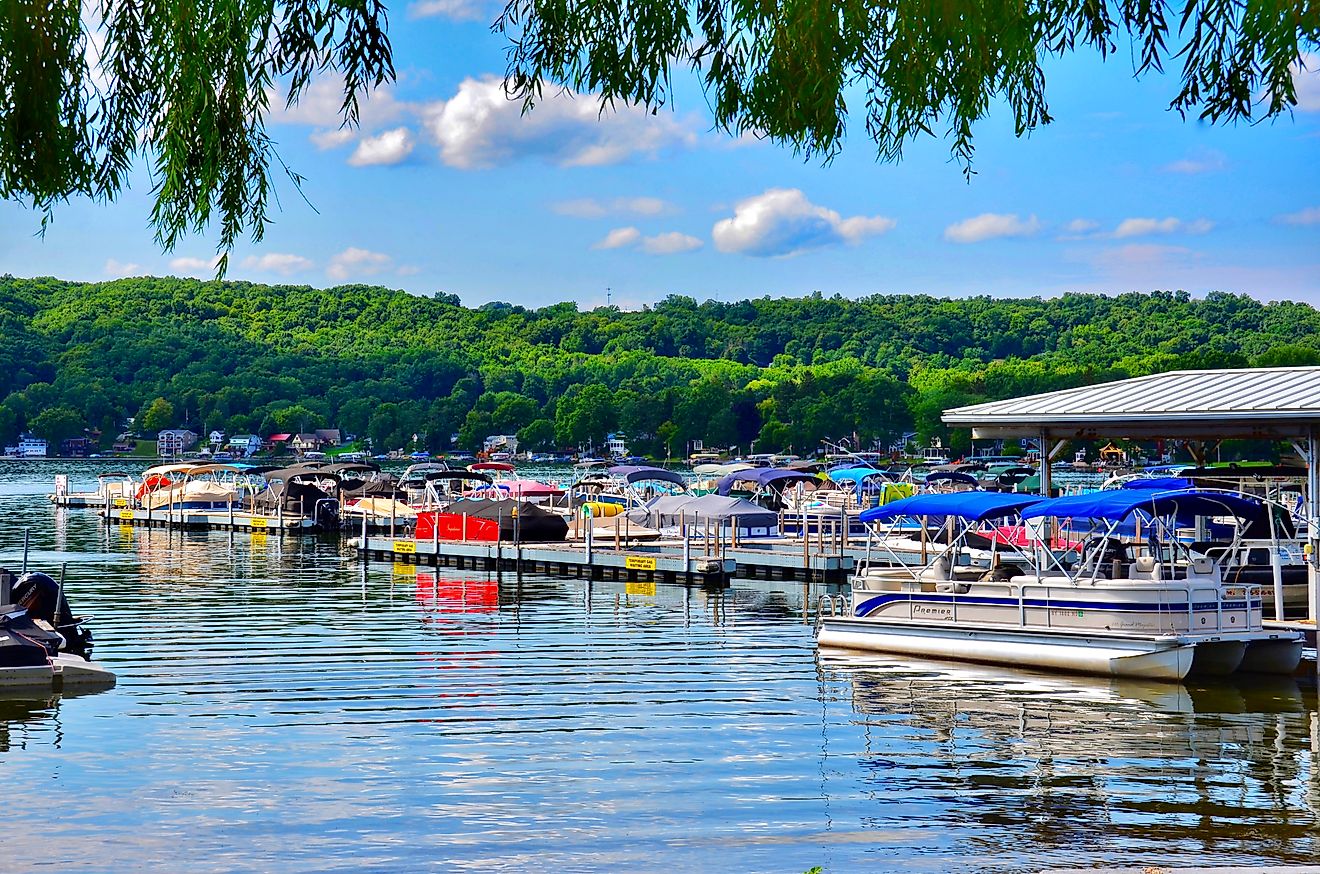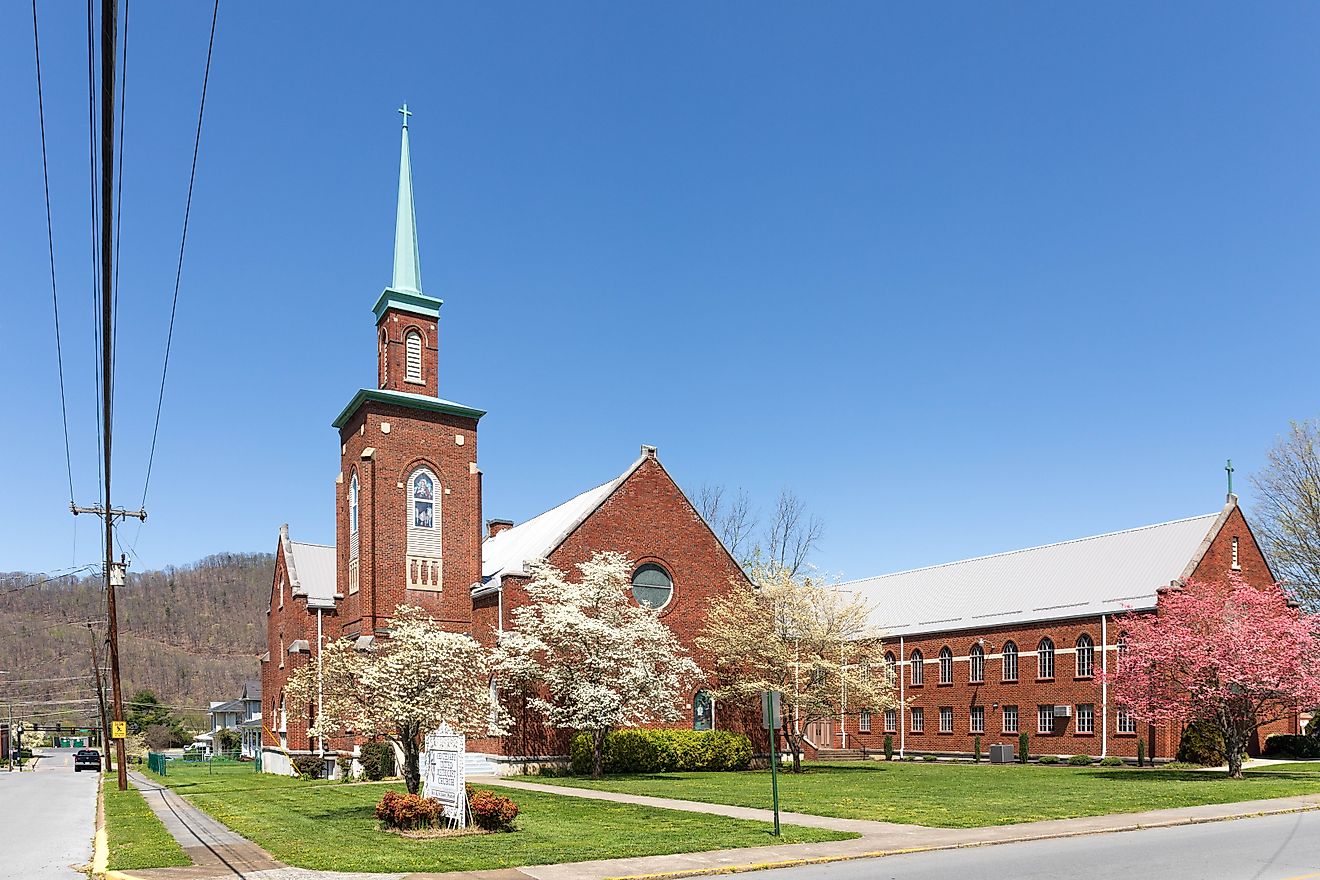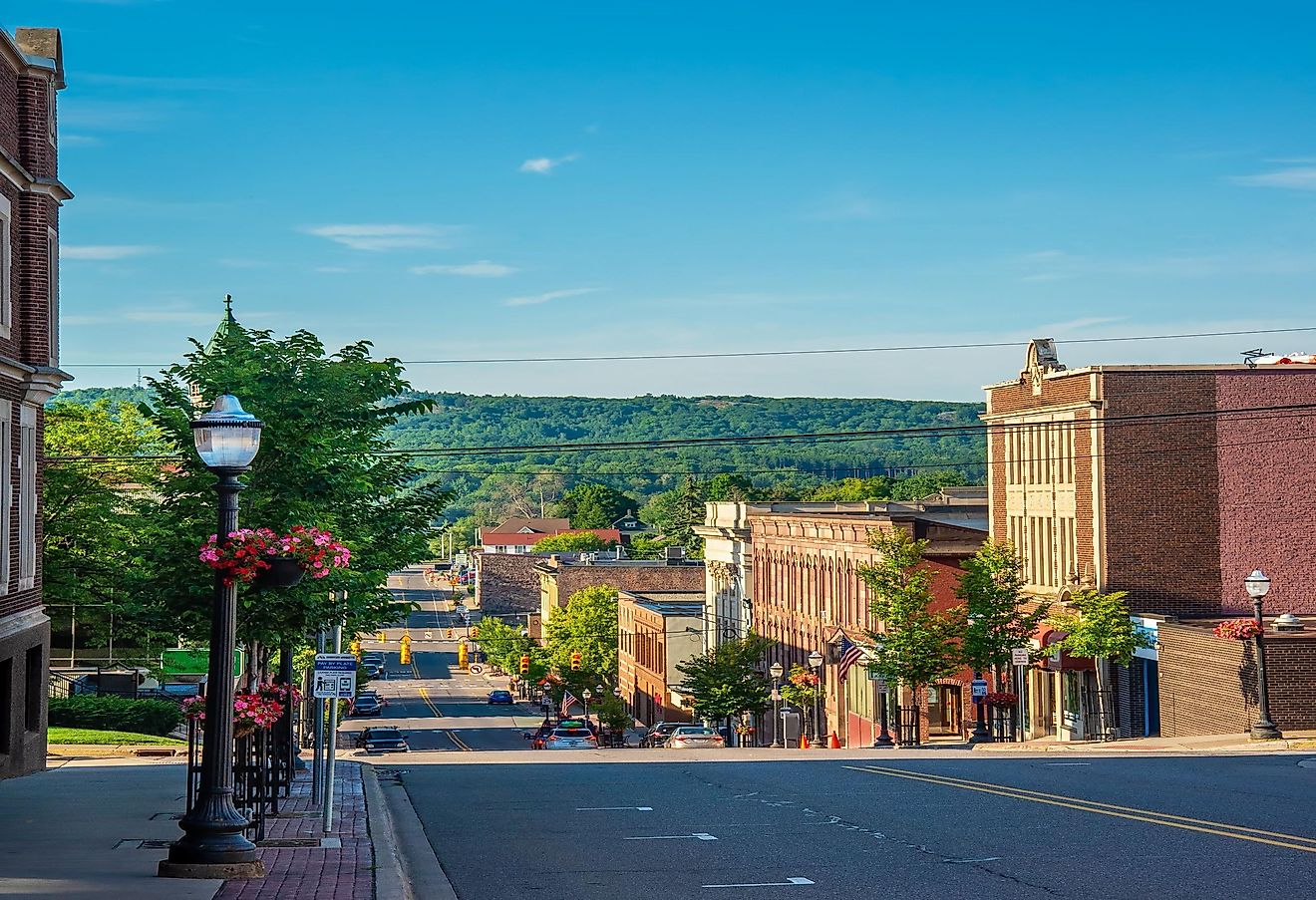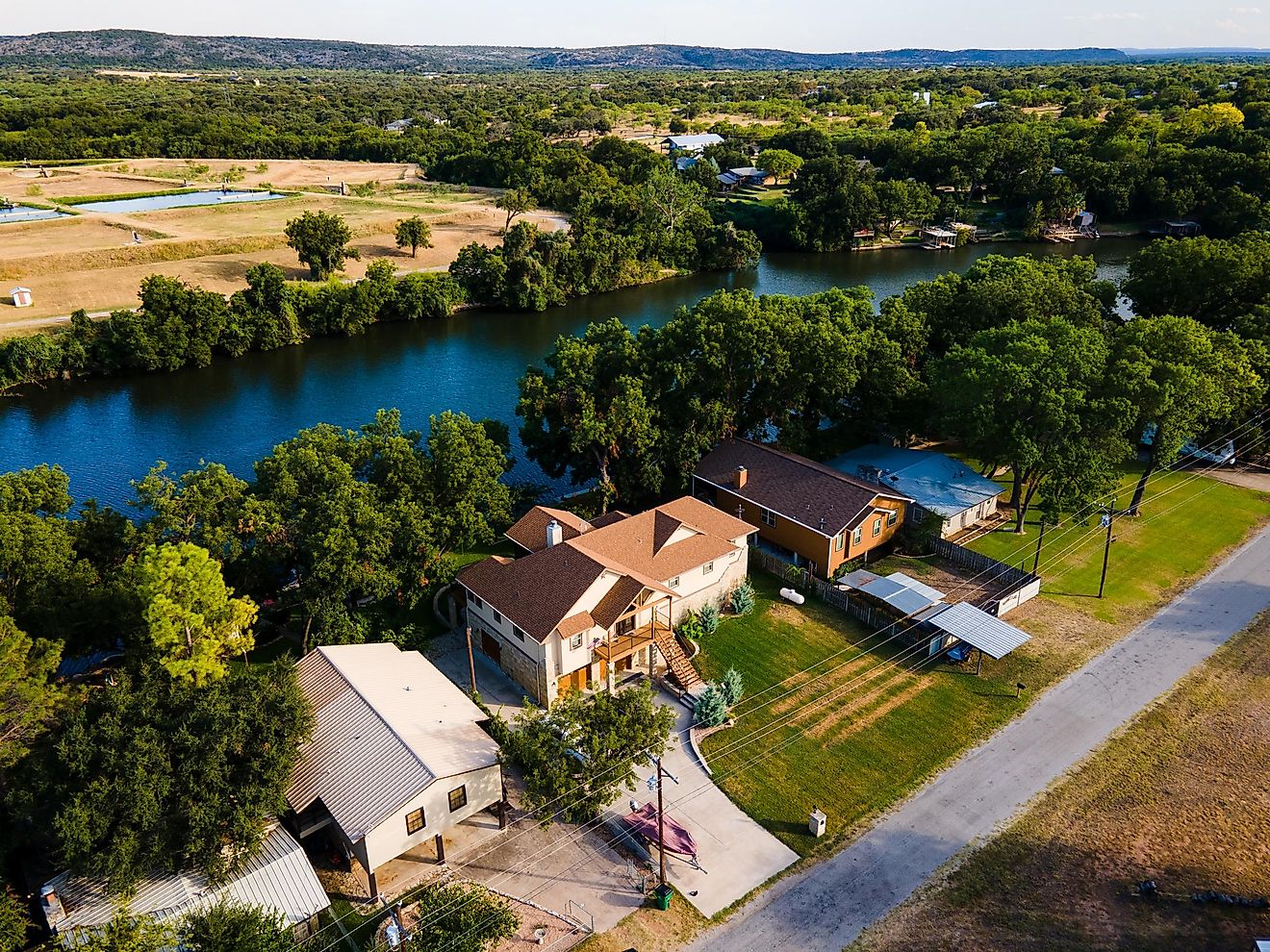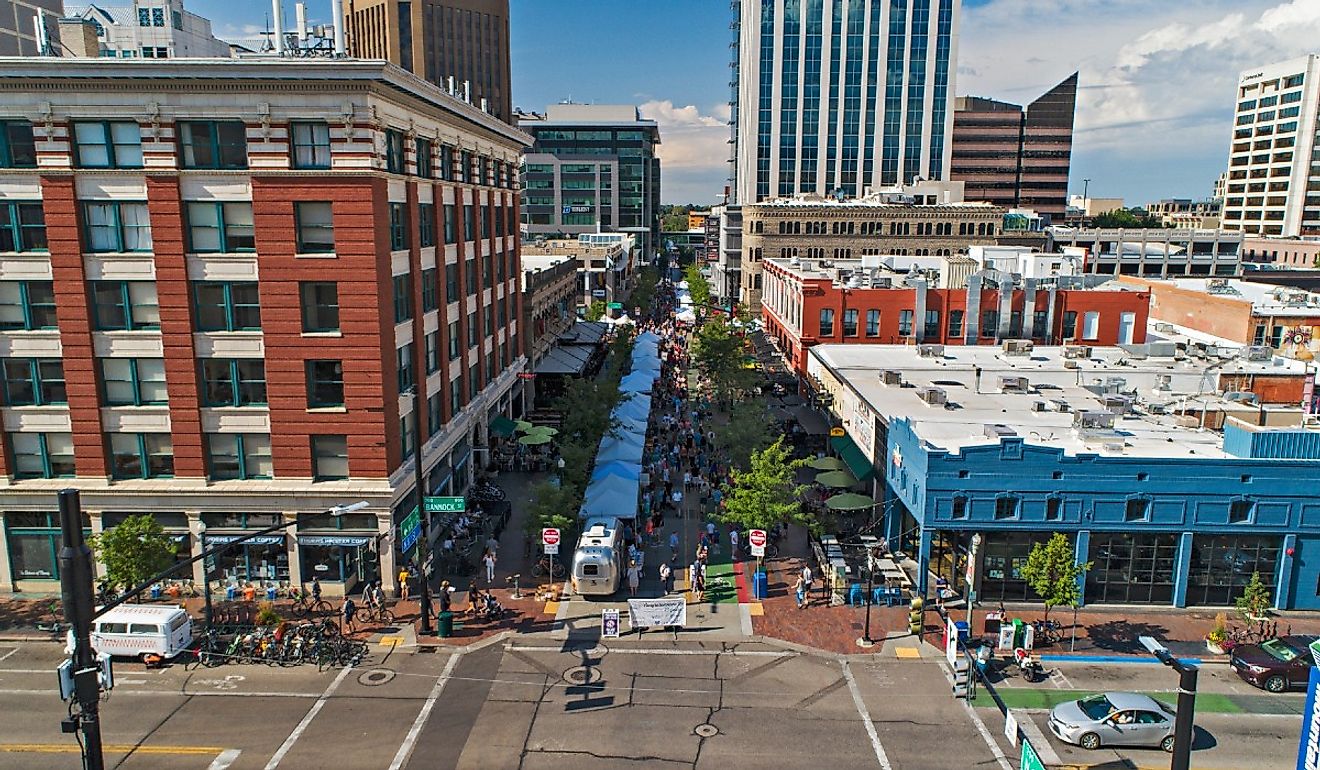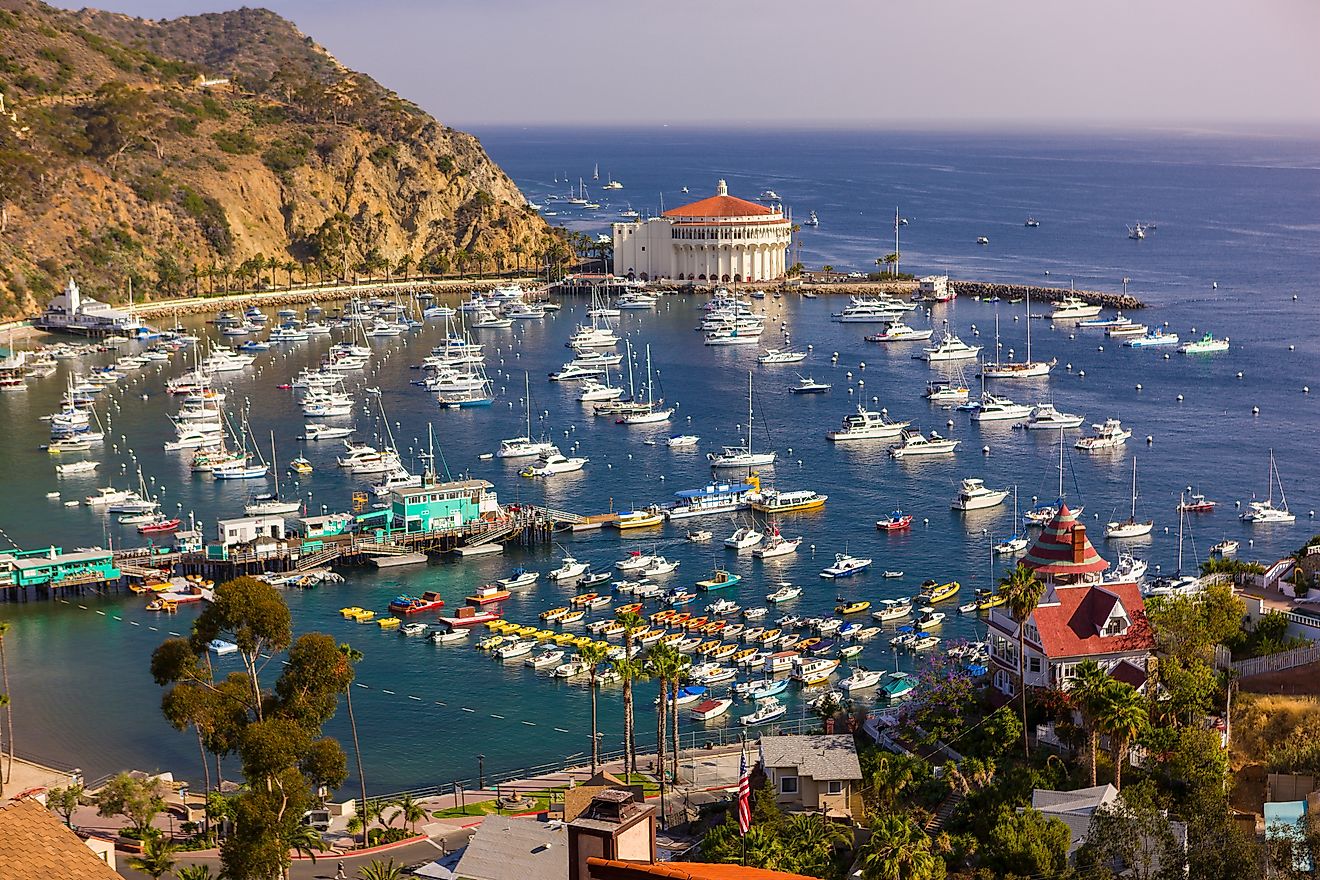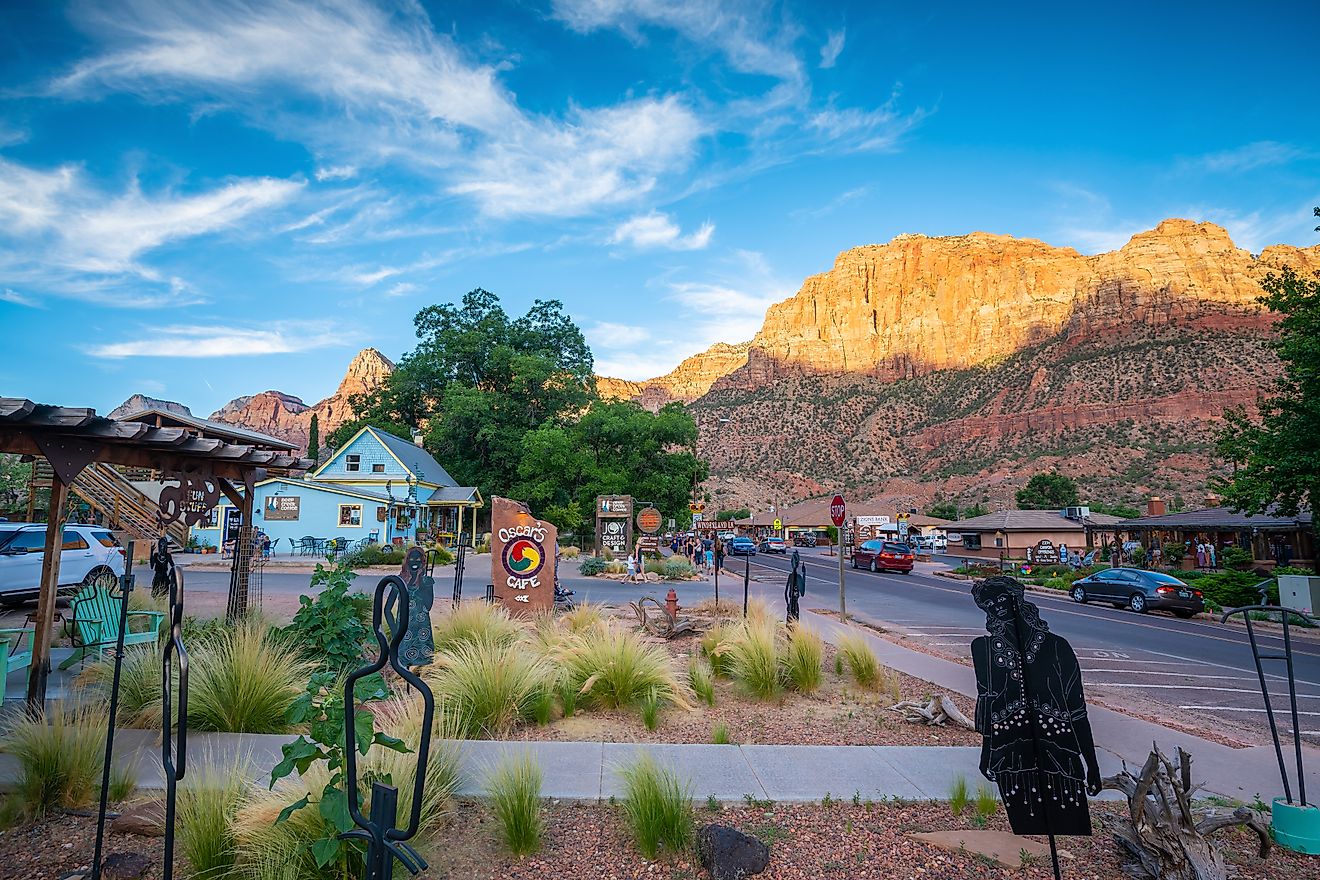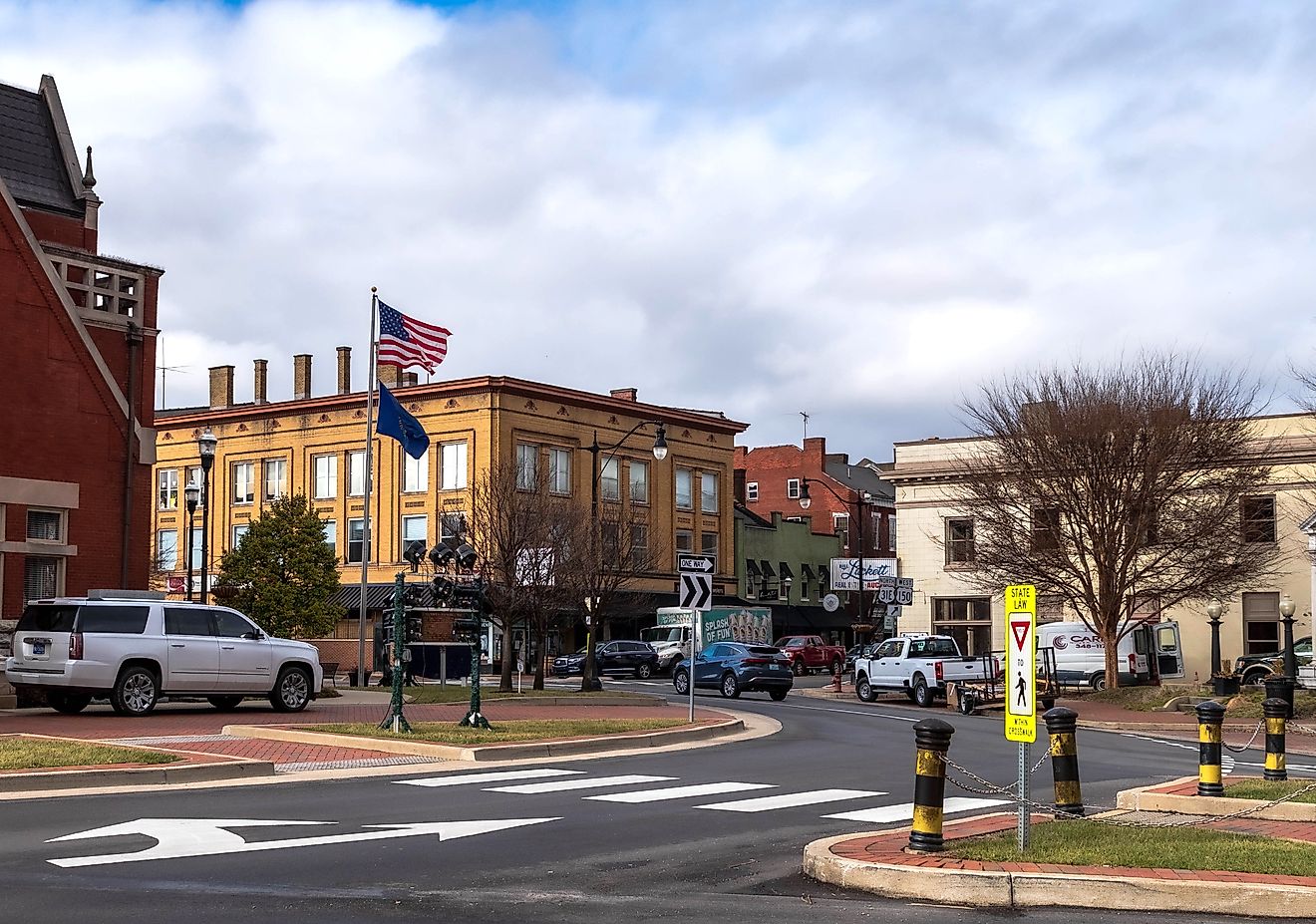Maps of North Dakota
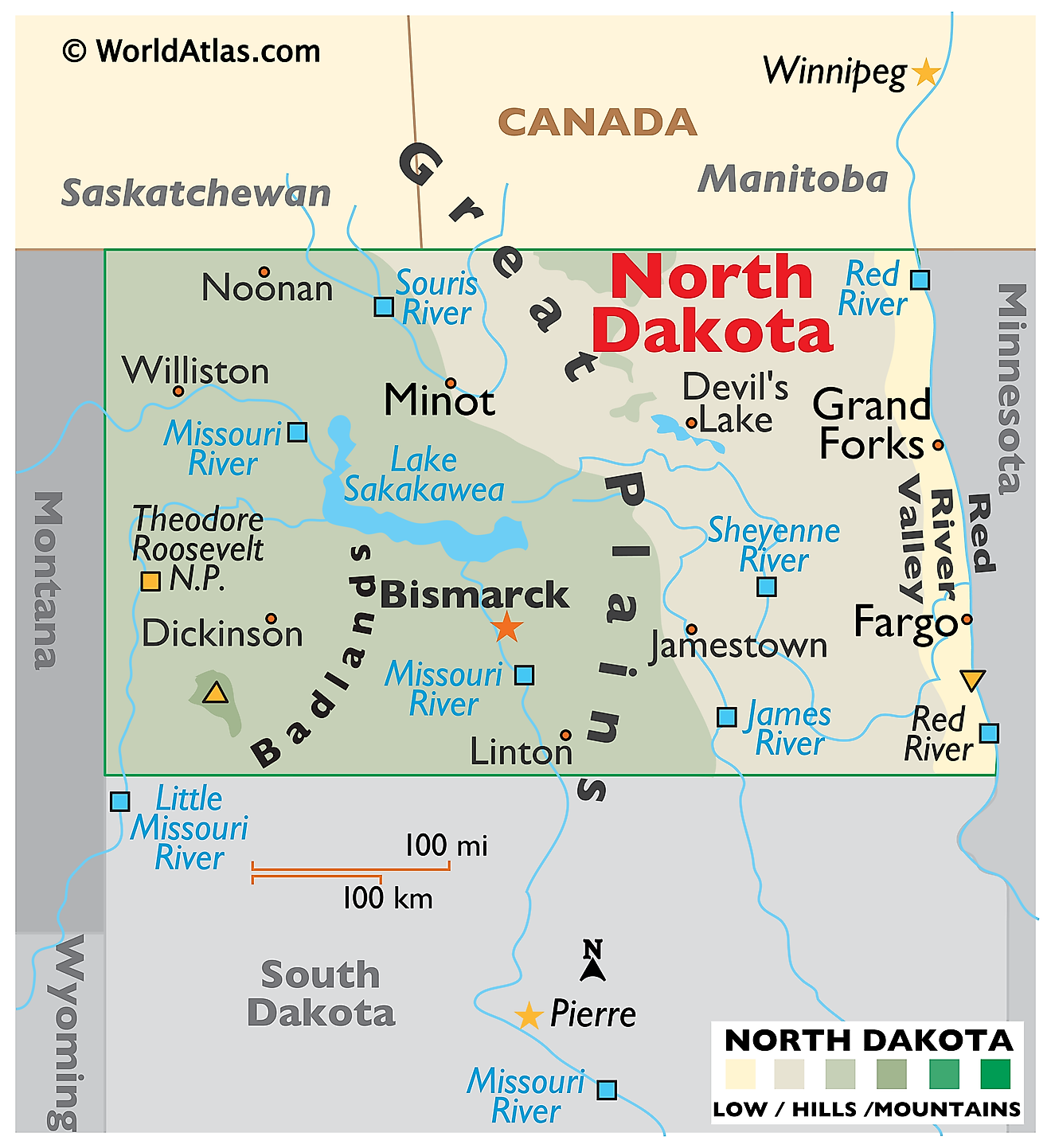
North Dakota, nicknamed the “Peace Garden State”, is located in the midwestern United States. It shares its northern border with the Canadian provinces of Manitoba and Saskatchewan, its eastern border with Minnesota, its southern border with South Dakota, and its western border with Montana.
North Dakota’s capital is Bismarck in the south-central part of the state. The most populous city, however, is Fargo, in the southeast, with around 130,000 residents.
The United States acquired part of the North Dakota territory during the 1803 Louisiana Purchase and the rest of the land in a treaty with Britain in 1818. It officially gained statehood in 1889, alongside South Dakota, becoming the 39th and 40th states to join the Union.
Area
North Dakota has a total area of 70,698 square miles (183,107 square kilometers), making it the 19th largest state in the country. Of this total area, 1,698 square miles (4,398 square kilometers) are water. Comparatively, North Dakota is about half the size of Japan and double the size of Portugal. Regarding US states, it is twice the size of Maine and nine times smaller than Alaska.
Bodies of Water
Roughly 54,373 miles of river (87,505 kilometers) flow throughout North Dakota. Some of North Dakota's most notable rivers include the Red River, which forms the boundary between North Dakota and Minnesota; the Missouri River, which stretches over 2,300 miles (3,700 kilometers), entering the state from Montana and flowing south to the South Dakota border; and the James River, which flows southward from the central part of the state into South Dakota. Devils Lake is the largest natural body of water in the state, situated in the northeast.
Geographic Regions
Three distinct physical regions compose North Dakota’s terrain: The Red River Valley, Drift Prairie, and the Missouri Plateau.
Red River Valley
Located in the east, the Red River Valley features flat land, once covered by the ancient Lake Agassiz. It hugs the Red River and has very mineral-rich soil, making it fertile land for crops such as wheat, soybeans, corn, potatoes, and sugarbeets.
Drift Prairie
In the central part of the state, the Drift Prairie sits several hundred feet higher in elevation than the Red River Valley. It features various lakes, wetlands, valleys, and hills, as well as fertile soil once deposited from glaciers.
Missouri Plateau
The Missouri Plateau sits far west, which features the highest elevations in the state. The Badlands lie within this region, consisting of a large, stone valley carved by wind and water. North Dakota’s highest point, White Butte, is within the Badlands, at 3,506 feet (1,069 meters).
Counties Map
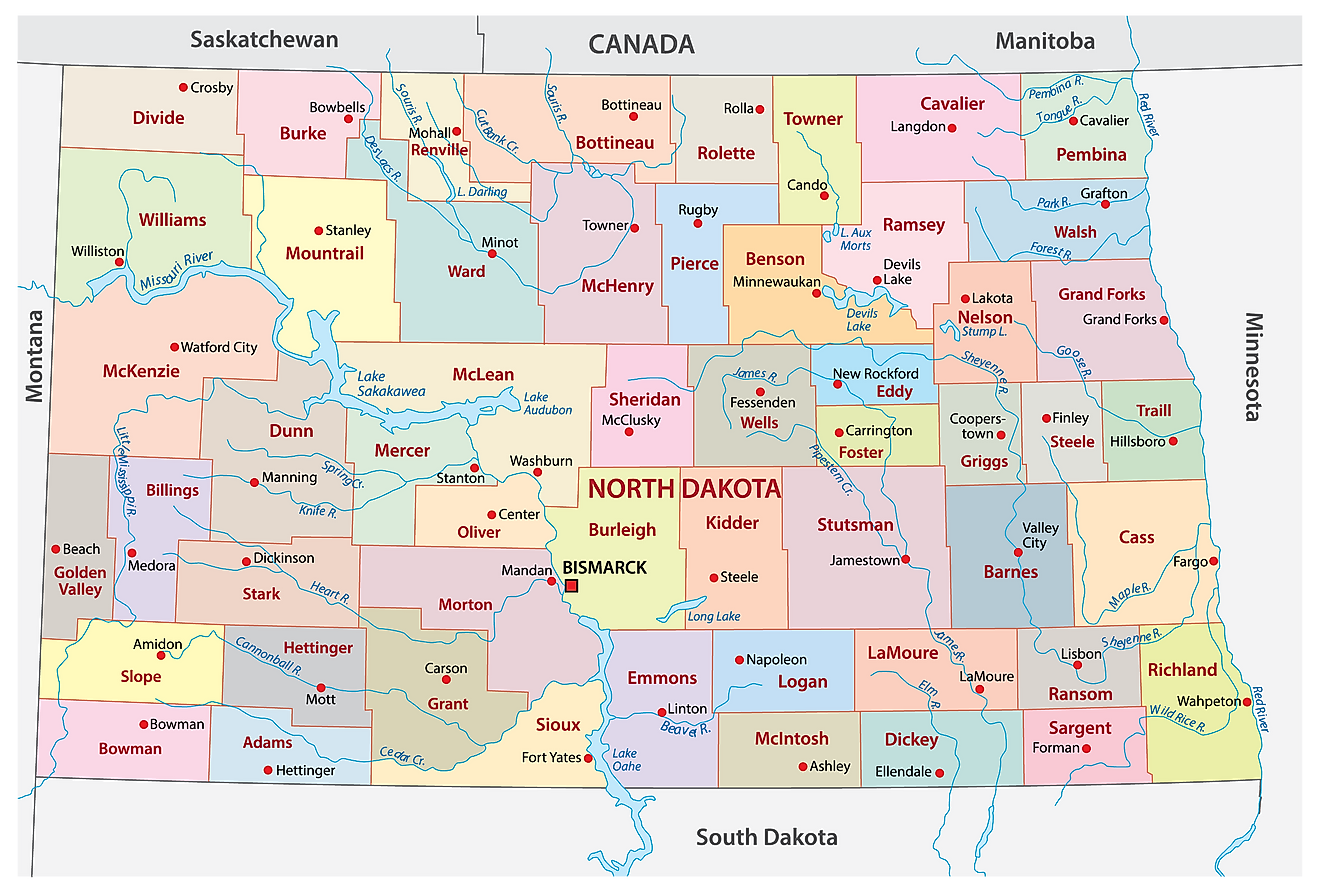
The State of North Dakota is divided into 53 counties. In alphabetical order, these counties are: Adams, Barnes, Benson, Billings, Bottineau, Bowman, Burke, Burleigh, Cass, Cavalier, Dickey, Divide, Dunn, Eddy, Emmons, Foster, Golden Valley, Grand Forks, Grant, Griggs, Hettinger, Kidder, Lamoure, Logan, McHenry, McIntosh, McKenzie, McLean, Mercer, Morton, Mountrail, Nelson, Oliver, Pembina, Pierce, Ramsey, Ransom, Renville, Richland, Rolette, Sargent, Sheridan, Sioux, Slope, Stark, Steele, Stutsman, Towner, Traill, Walsh, Ward, Wells, and Williams.
With an area of 183,843 sq. km, North Dakota is the 19th largest and the 4th least populous state in the USA. Located in the south-central part of the state, on the eastern banks of the Missouri River is Bismarck – the capital and the 2nd most populous city of North Dakota. It serves as the education, healthcare, transportation, trade, and business center of the state. Located on the western banks of Red River is Fargo – the largest and the most populated city in the US. It serves as the cultural, educational, industrial, retail and healthcare center of eastern North Dakota.
Where is North Dakota?
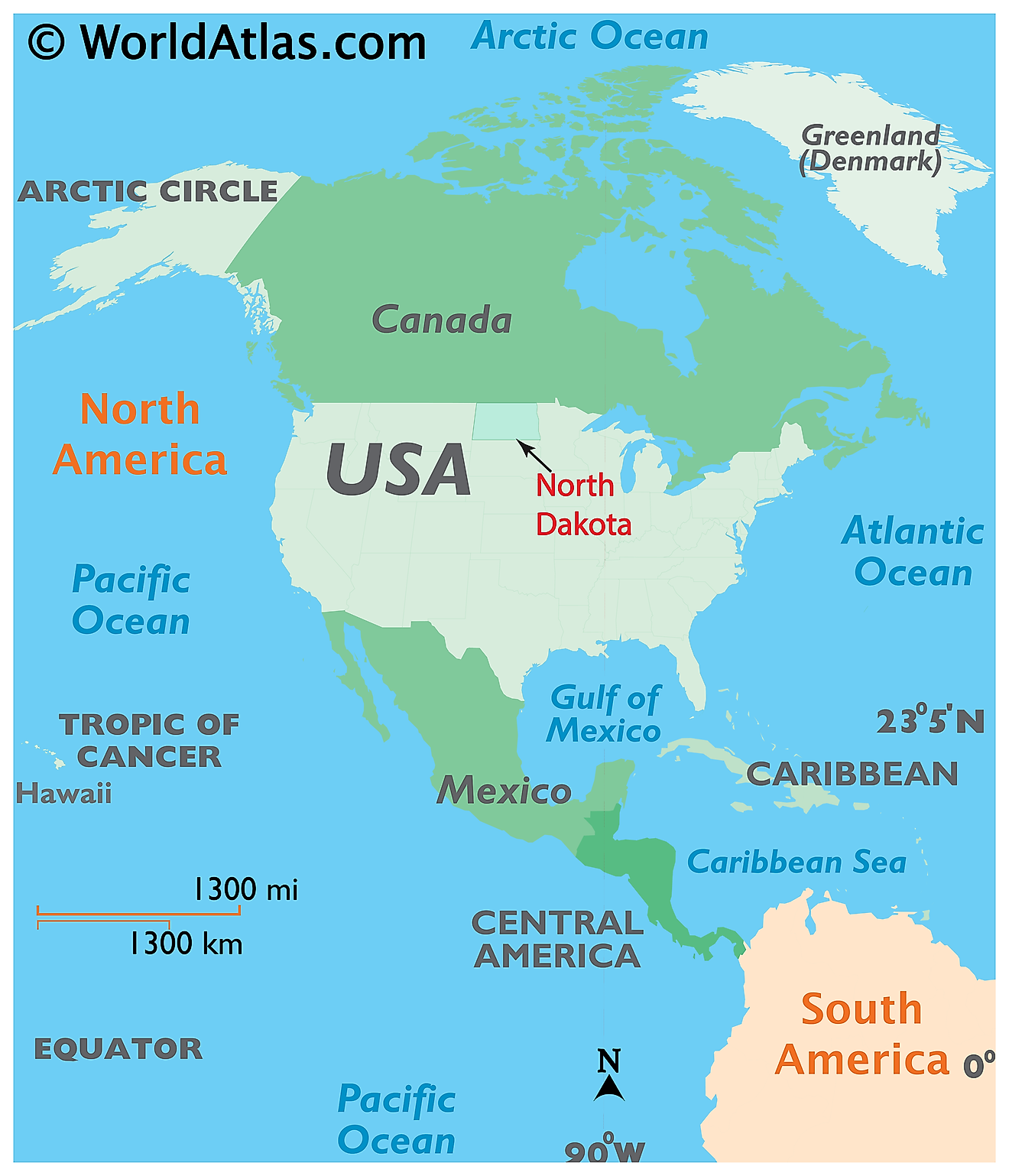
The State of North Dakota is located in the north-central (Midwest) region of the United States. The landlocked state of North Dakota is bordered by the states of Montana in the west; by Minnesota in the east; by South Dakota in the south and by the Canadian provinces of Saskatchewan and Manitoba in the north.
Regional Maps: Map of North America
Outline Map of North Dakota
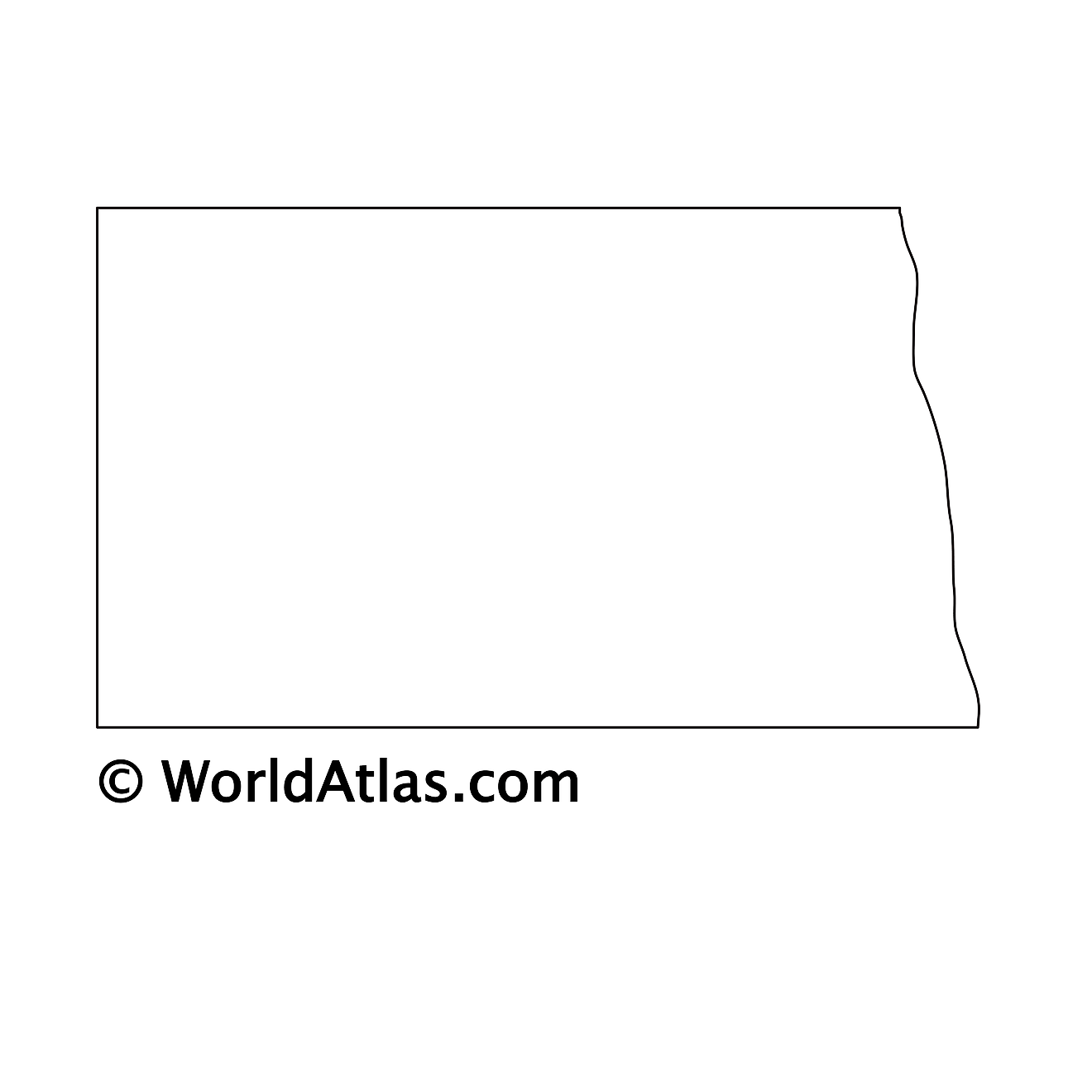
The above blank map represents the State of North Dakota, located in the north-central (Midwest) region of the United States. The above map can be downloaded, printed and used for geography education purposes like map-pointing and coloring activities.
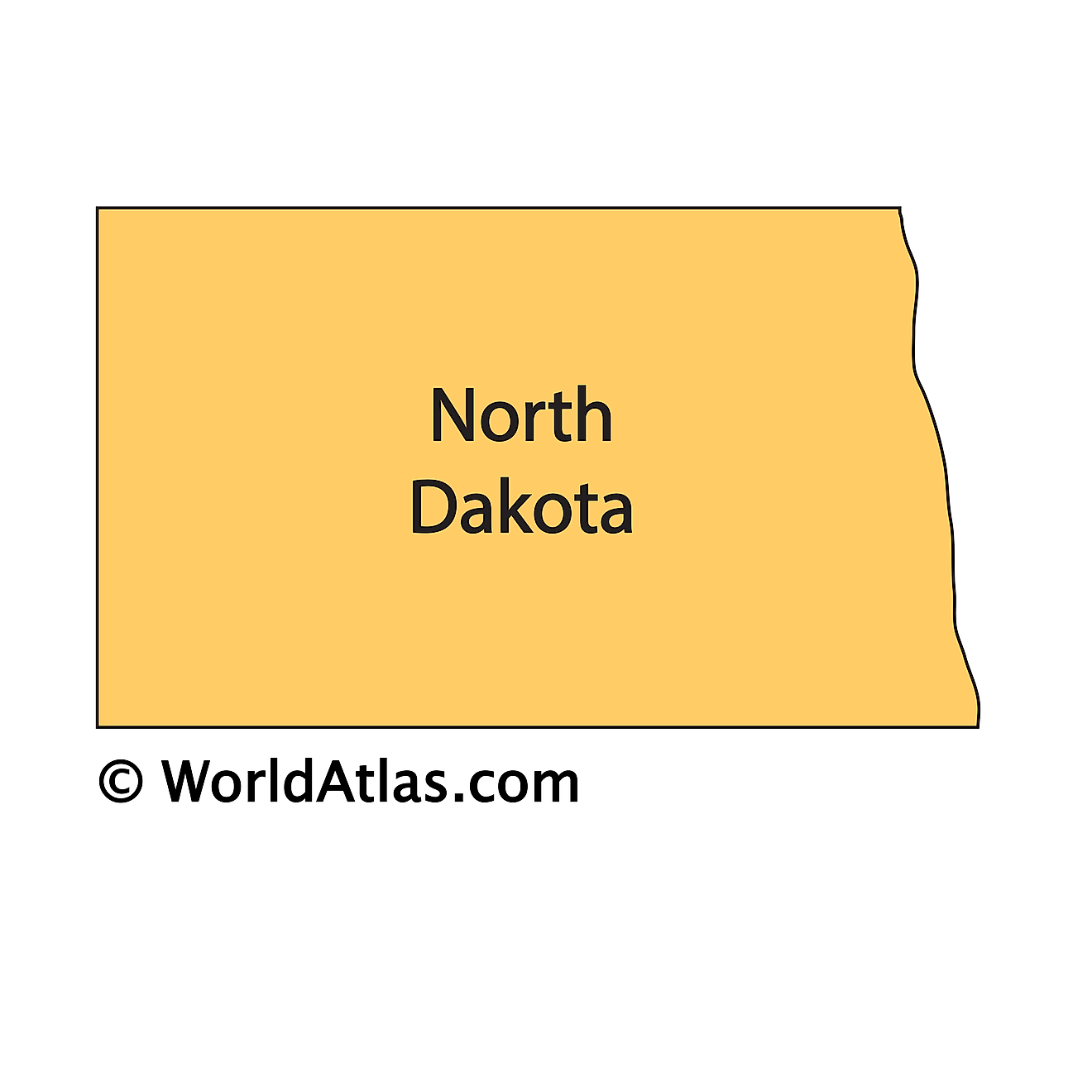
The above outline map represents the State of North Dakota, located in the north-central (Midwest) region of the United States. The state of North Dakota lies in the center of the North American continent and is also sometimes referred to as the “High Plains” state.
Key Facts
| Legal Name | State of North Dakota |
|---|---|
| ISO 3166 Code | US-ND |
| Capital City | Bismarck |
This page was last updated on August 15, 2024
